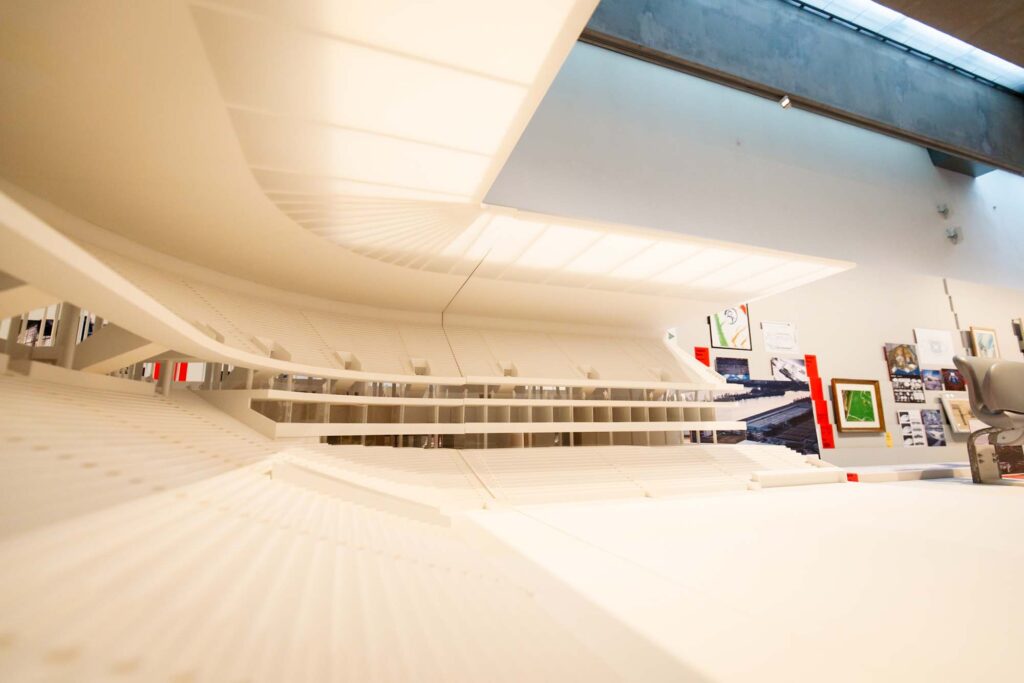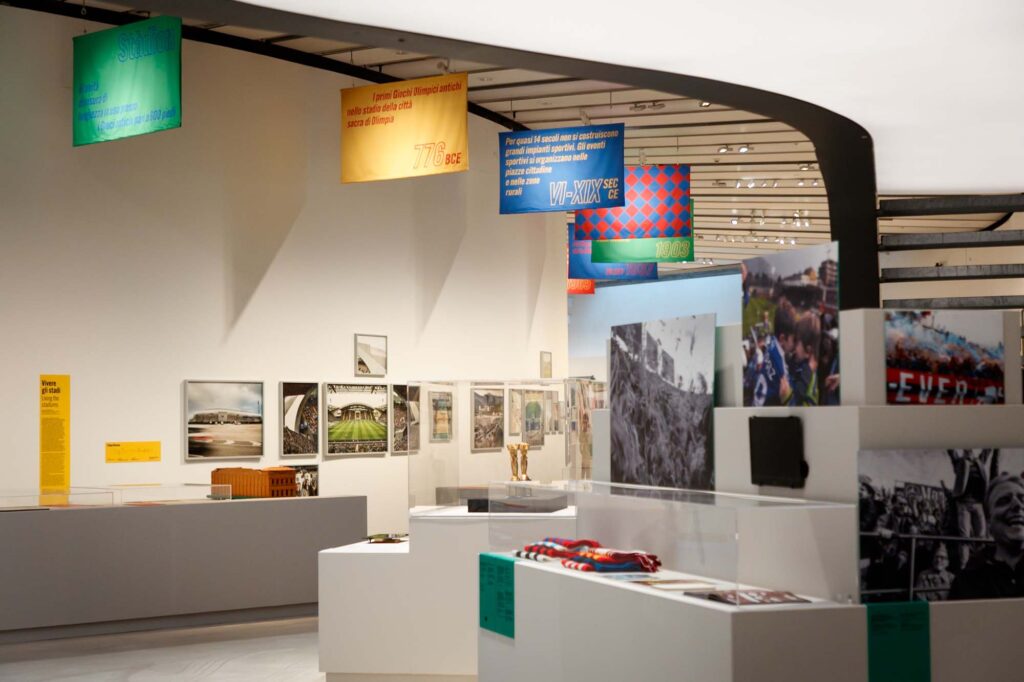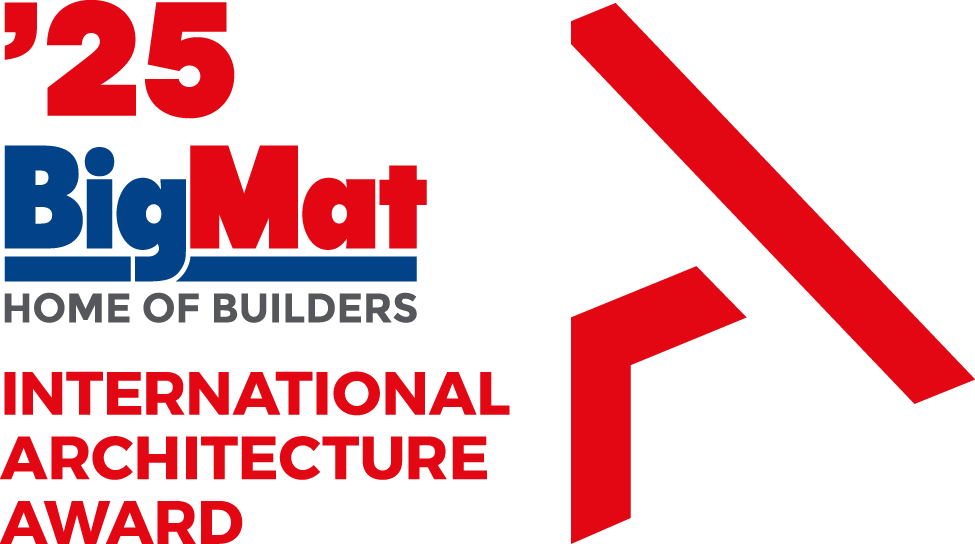Stadiums, symbols of passion and change, tell the story of cities through architecture, culture and collective identity. The exhibition – the first major in Italy dedicated to this architectural genre – traces the history of stadiums, from the ancient stone of the Panathinaiko in Athens to contemporary masterpieces of technology and design.
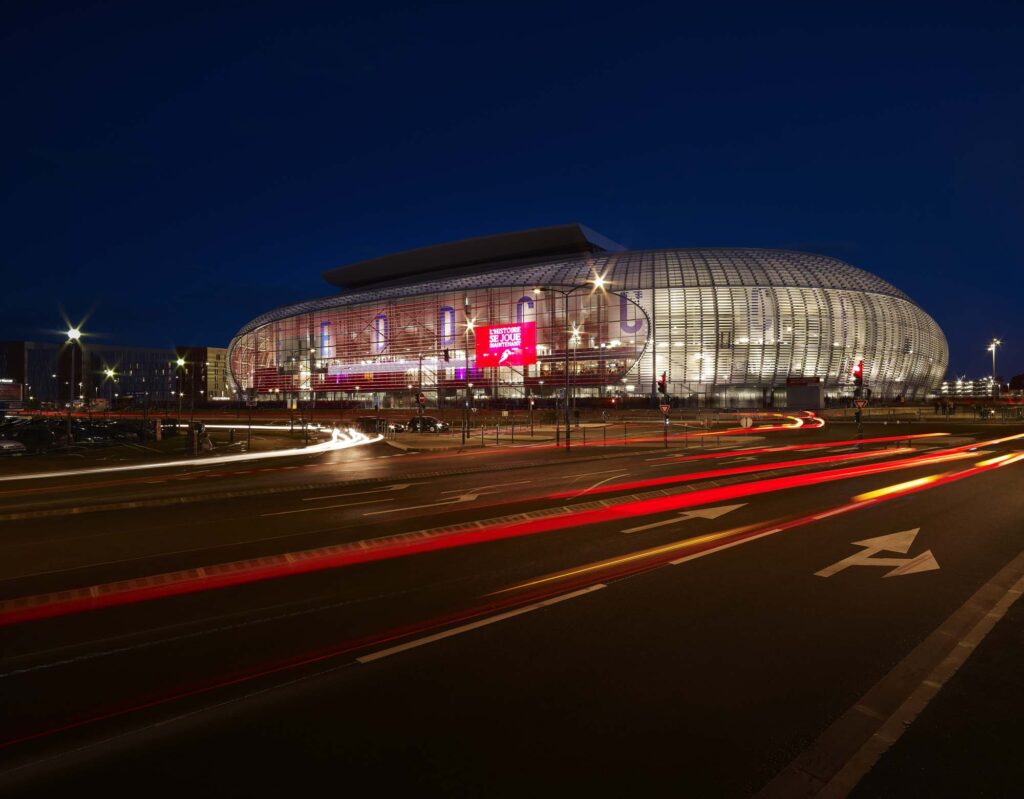
Secular cathedrals of our time, these monumental structures are now much more than sports arenas: they are vital centres, mirrors of cities, places of collective ritual, symbols of urban and cultural transformation, where everyday life and exceptional events come together.
Practical info
“Stadi. Architecture of a Myth”
May 30 – October, 26
MAXXI Rome
Via Guido Reni, 4a, Rome
Italy
A journey through the centuries across different continents, highlighting the evolution of these structures, from simple spaces for sporting competition to multifunctional venues capable of hosting concerts, religious ceremonies, mass gatherings, political events, fairs and artistic performances, to becoming a tool for city branding and a new destination for global tourism.
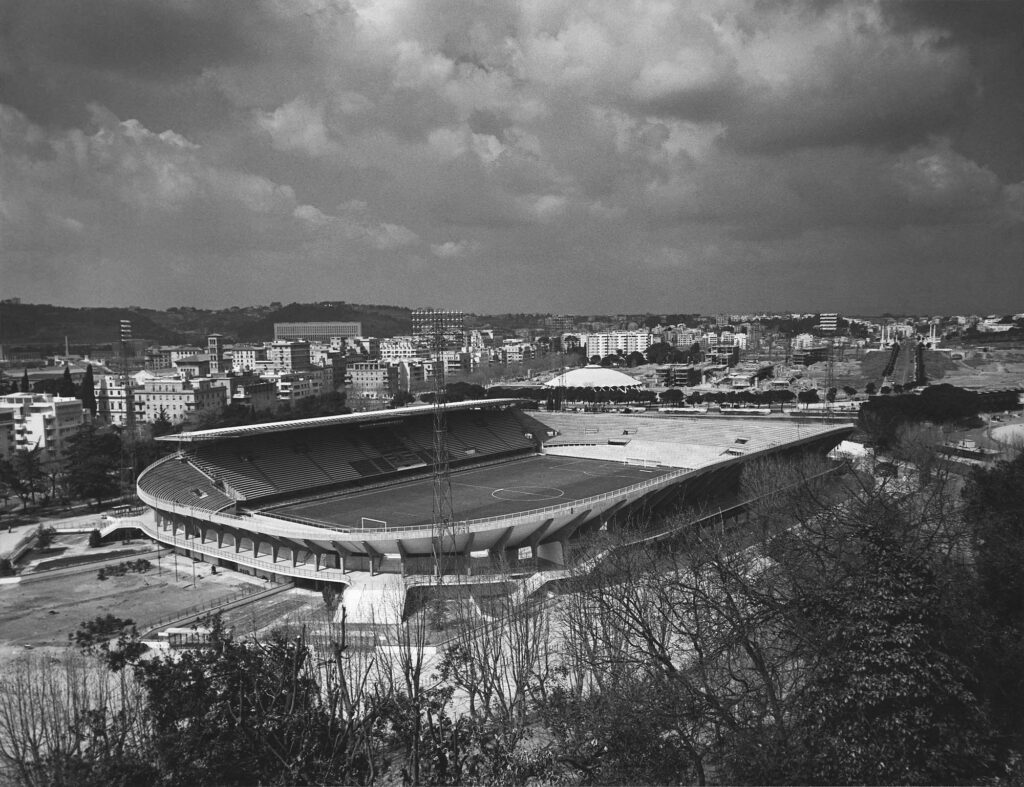
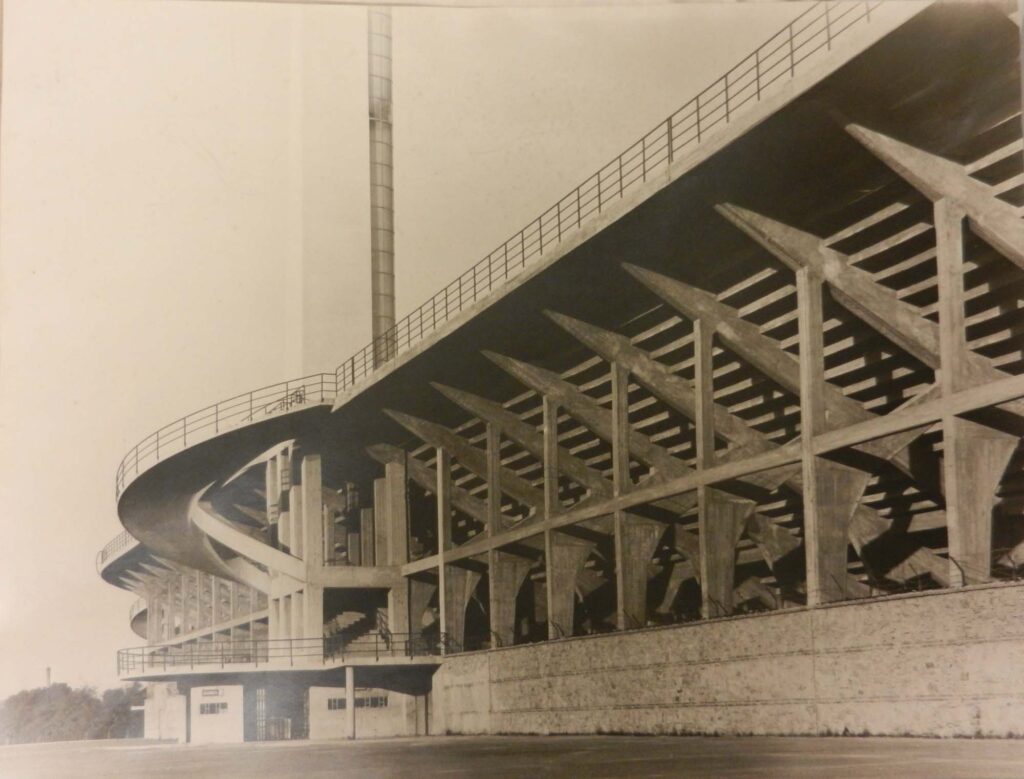
The exhibition also dedicates a special focus to Italian stadiums, their distribution, quality and the heated debate on the prospects for regeneration. Not only a tribute to a symbol of the collective imagination, but an opportunity to critically reflect on profound and often overlooked aspects of our cities and society.
Stadi. Architecture of a Myth offers an unprecedented perspective from MAXXI—through its Department of Contemporary Architecture and Design, directed by Lorenza Baroncelli—on stadiums as both human-made and architectural structures, as symbols of passion and social transformation, capable of narrating the history of cities through culture and collective identity.
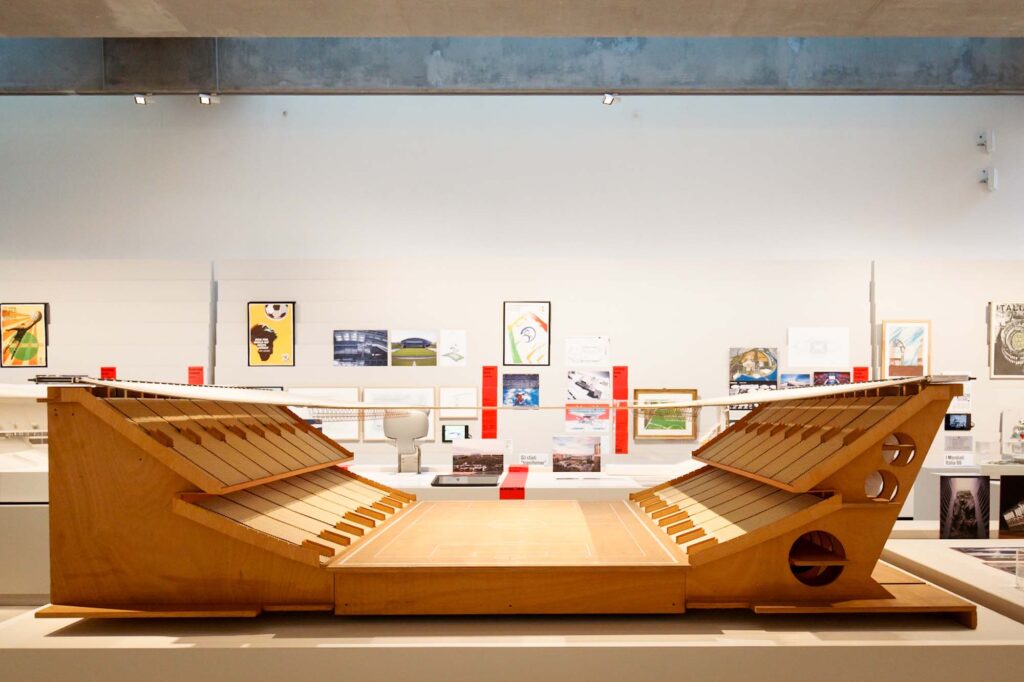
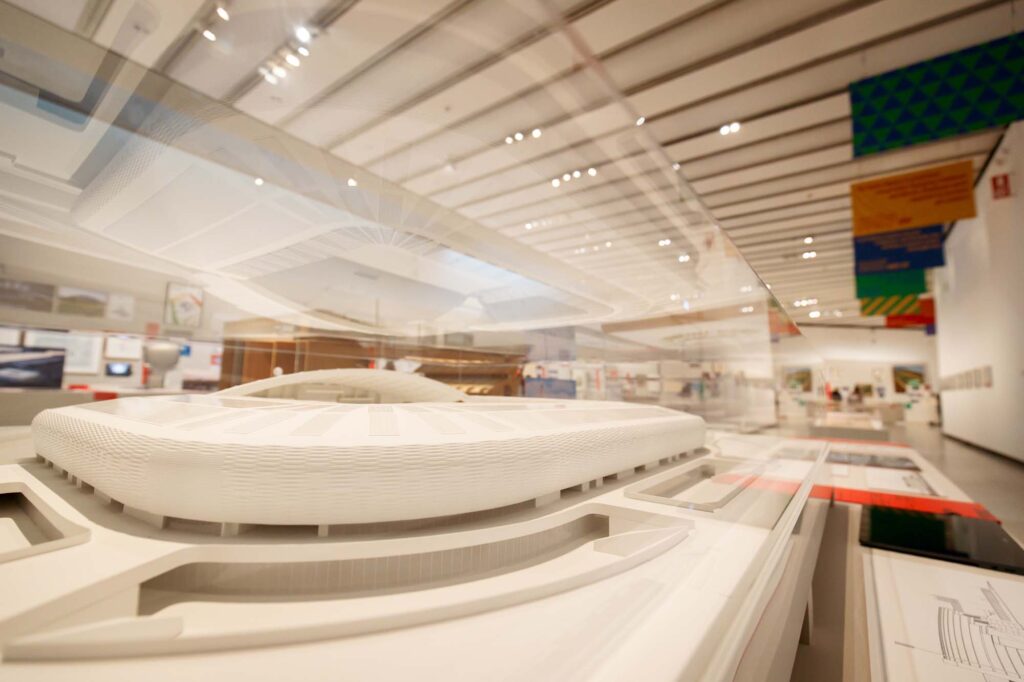
Curators Manuel Orazi, Fabio Salomoni and Moira Valeri present the stadium as a complex cultural object, one that reflects the multifaceted dimensions which define it. The stadium thus becomes a privileged observatory—a true kaleidoscope—through which to examine a range of architectural, urban, economic, socio-anthropological, political and artistic dimensions.
A container of meanings, contradictions and symbols—or, in the words of anthropologist Marc Augé, “a place of sense, of nonsense and of non-sense, a symbol of hope, error or horror.” Stadi. Architecture of a Myth—the first major exhibition in Italy devoted to this architectural typology—traces its history from the ancient stone of Athens’ Panathenaic Stadium to contemporary masterpieces of technology and design. Secular cathedrals of our age, these monumental buildings today are far more than sports arenas: they are vital hubs, mirrors of cities, venues for collective ritual, symbols of urban and cultural transformation, where the everyday intersects with the exceptional.
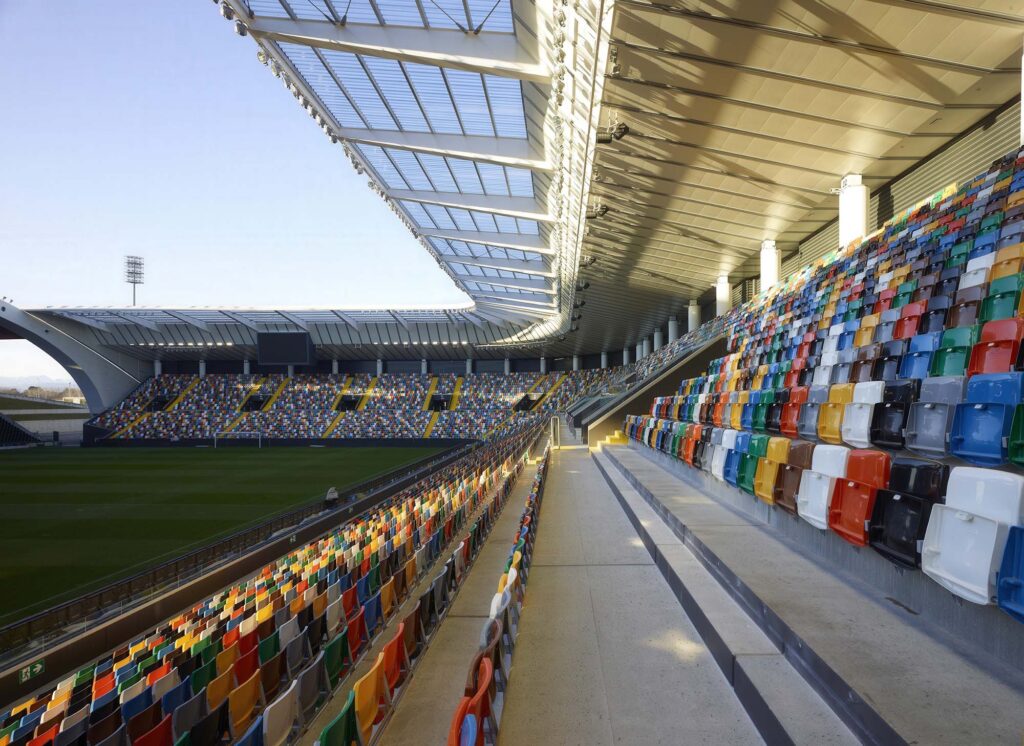
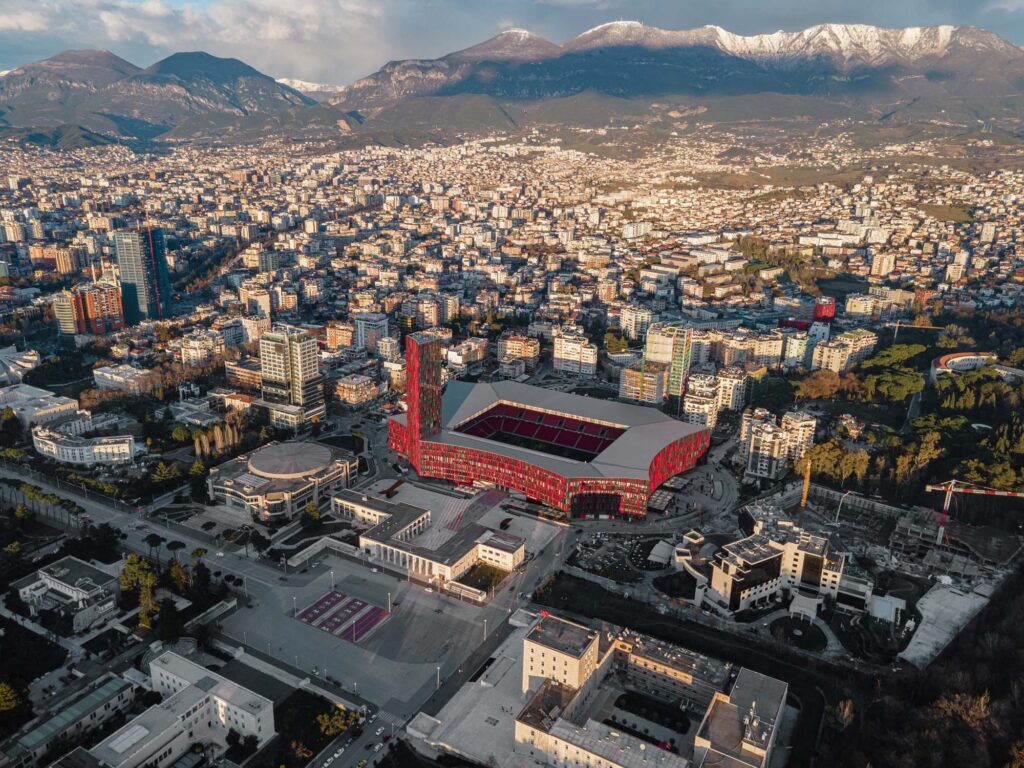
This journey through the centuries spans continents and highlights the evolution of stadiums from basic spaces for athletic competition into multifunctional venues for concerts, religious ceremonies, mass gatherings, political events, fairs and artistic performances—until they become tools of city branding and new destinations for global tourism. The exhibition also places a special focus on Italian stadiums, their diffusion, quality, and the fervent debate surrounding their potential regeneration. More than a tribute to a symbol of collective imagination, it is a chance to critically explore deeper, often overlooked aspects of our cities and societies.
